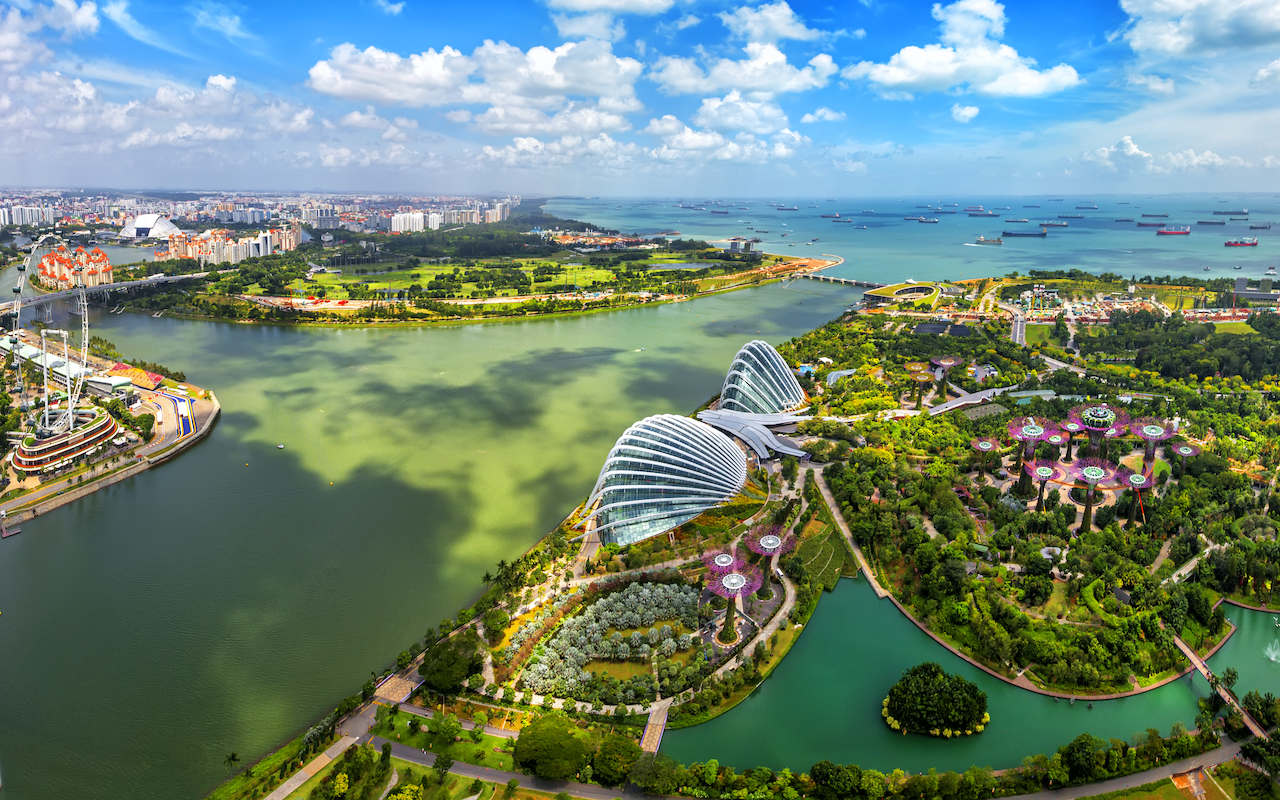
It’s official: Singapore is entering into phase three from 28 December. Singapore’s Prime Minister Lee Hsien Loong made this announcement yesterday (14 December) in a televised national address, adding that the country has come a long way from the highs of March and April 2020. It currently has zero cases of local transmissions of the Covid-19 virus on most days.
Bringing things under control “took a tremendous effort, and some good luck”, he says, adding that Singaporeans were resilient and took the tough measures in their stride. Now, the country’s defences against the pandemic are much stronger, he shares. “We can be proud of how far we have come.”
Residents here have been waiting with bated breath ever since the city-state’s multi-ministry task force tackling Covid-19 said on 20 October that they were pondering the possibility of Phase 3, should community transmission rates remain low. Singapore, which has been in phase two since June 19, has seen its rate of locally transmitted cases drop to a low rate in the past two months.
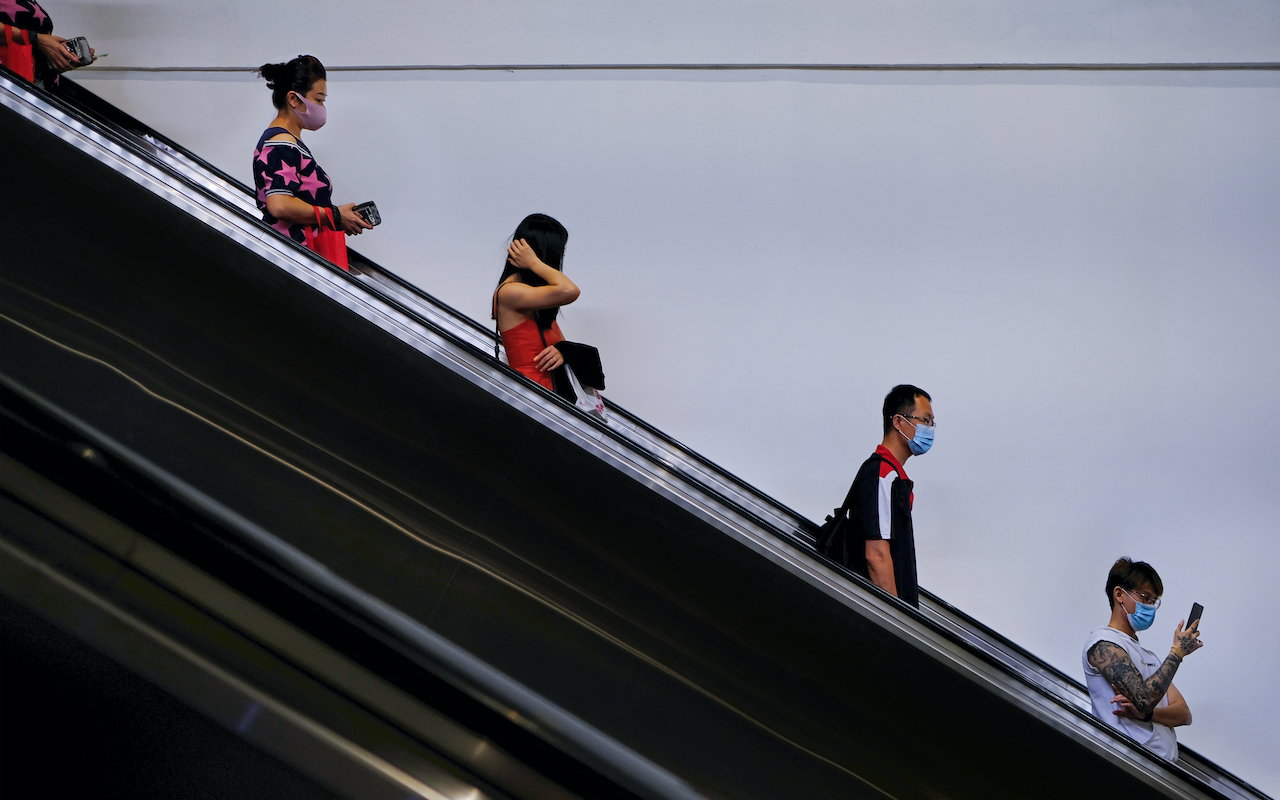
With the Singapore now ready to progress onto the next phase in two weeks time, it will end the year with some good news, PM Lee says with a smile. However, he urges everyone to not to be complacent as “the battle is far from won as the Covid-19 virus has not been eradicated” and international borders remain largely closed. Still, trade and travel are Singapore’s lifeblood, and the longer its borders stay closed to travellers, the greater the risk to the country permanently losing out as an international hub, he stresses. Therefore the only option is to open borders in a “controlled and safe manner”. With that, the country will see more imported cases, with a risk of it spreading to the community.
He urges Singaporeans to keep their guard up and not to “abandon your mindset of watchfulness and caution”, as the virus is likely still “circulating silently” within the community.
Here’s what you need to know about phase three in Singapore.
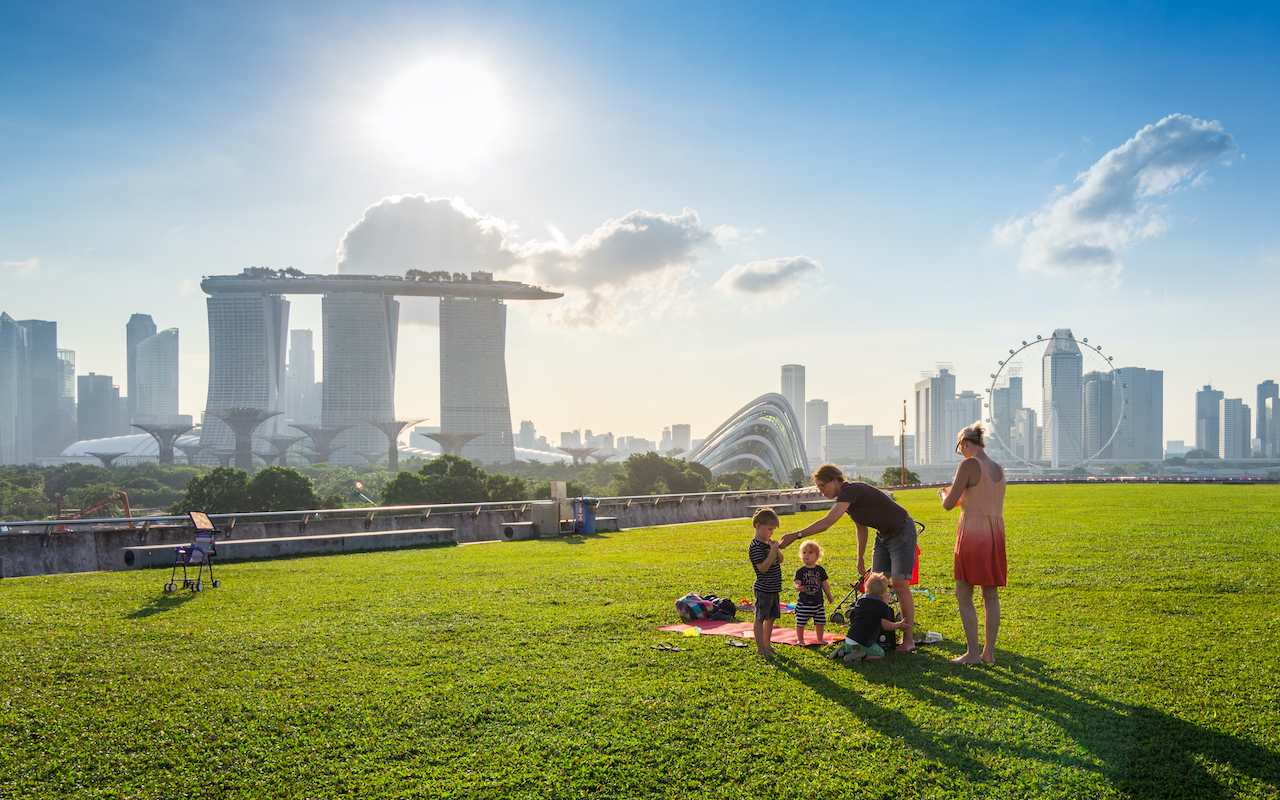
1. Increase in group sizes
The number of people allowed to gather outdoors socially will be increased from the current number of five to eight. The maximum number of visitors allowed to homes will also increase from five to eight. “This will make it easier for families to hold get-togethers during the festive period,” says PM Lee.
2. Increase in capacity limits
The capacity for congregational and other worship services will be raised to up to 250 people, with multiple zones of up to 50 people. Attractions can start applying to the Singapore Tourism Board (STB) to increase their operating capacity from 50% to up to 65%. The capacity limits in malls and standalone stores will also be increased from 10m2 to 8m2 per person. For marriage solemnisations at home, up to eight visitors will be allowed, excluding members of the hosting household, the solemniser and vendors. Currently, only 10 people – including the hosting household – are allowed to attend.
3. Easing of restrictions for music performances
Live instrumental music (except for wind instruments) will be allowed for some activities such as weddings and funerals, with necessary safe management measures in place. Indoor live performances can have up to 250 persons, in zones of up to 50 each. Live performances at outdoor venues will have the same requirement under a pilot scheme.
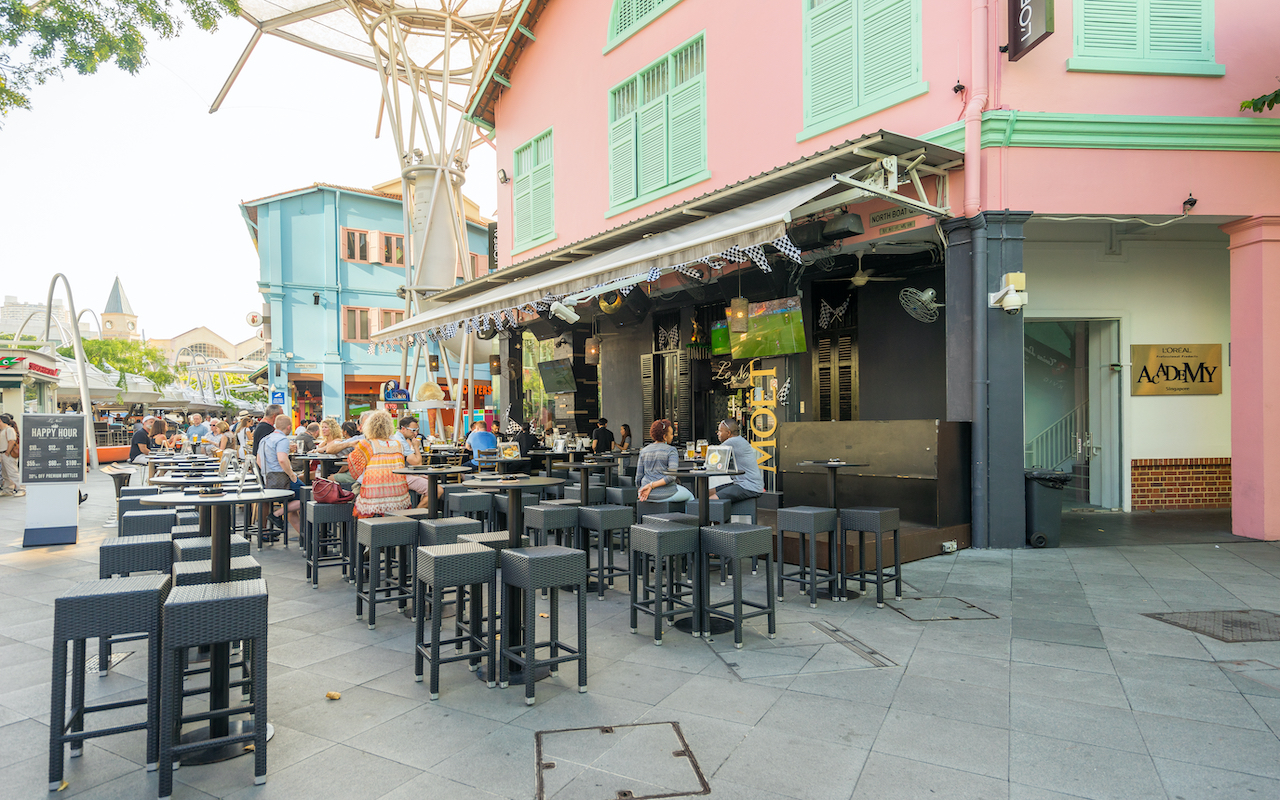
4. Nightlife remains status quo
Pilot schemes are being carried out in high-risk activities and settings – such as busking, live performances in outdoor venues, bars, nightclubs and karaoke outlets – to assess how they can take place and scale up safely. Three bars and pubs have been allowed to reopen for two months – Bell Bar at Cuppage Plaza; Skinny’s Lounge at Boat Quay; and Bar Kiharu at Orchard Plaza, under a small-scale pilot programme with strict safe management measures. Under these measures, group sizes remain restricted to five people with no intermingling between groups, and at least 1m must be maintained between different groups of customers. The sale, serving and consumption of alcohol must cease at 10.30pm and customers must wear masks at all times unless eating or drinking. Live music, radio broadcasts and all forms of television or video and other forms of public entertainment such as dancing, darts, billiards, pool, or karaoke are not allowed.
5. Free Covid-19 vaccinations
The country has approved the Covid-19 vaccine developed by United States pharmaceutical giant Pfizer and German firm BioNTech, says PM Lee, with the first shipment of vaccines reaching Singapore by the end of December. Other vaccines are also expected to arrive in Singapore in the coming months so there will be enough vaccines for everyone in Singapore by the third quarter of next year. A committee of doctors and experts has proposed that the entire adult population should be vaccinated, but to make vaccinations voluntary, says PM Lee. Vaccinations will be free for all Singaporeans as well as long-term residents currently in Singapore. Two doses are required to be administered 21 days apart, in people aged 16 years and above.
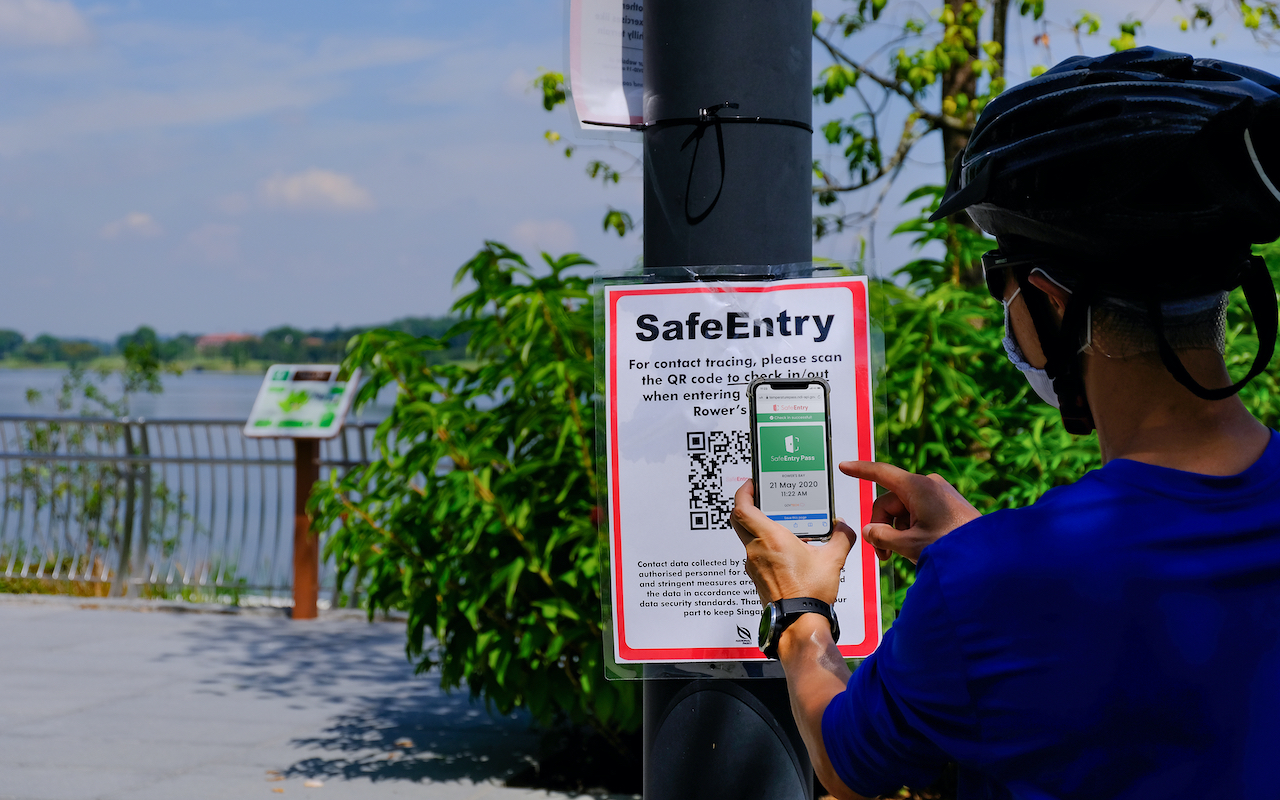
6. Greater emphasis on TraceTogether check ins
The authorities are still looking at deploying more TraceTogether-only SafeEntry checks in a bid to strengthen Singapore’s contact tracing regime. This means SafeEntry is done either through either the TraceTogether app or token, and SafeEntry QR codes, Singpass mobile app or identification cards will no longer be allowed for entry. This has already begun for cinemas, where it will be compulsory for moviegoers to use either the TraceTogether app or token to enter cinemas from 16 November. Mandatory TraceTogether-only SafeEntry will only be implemented early 2021, when everyone has had a chance to collect a token from community clubs and centres.
7. Phase three might last for a while
PM Lee says phase three might last for “quite a while, possibly a year or more”. One key factor is how soon the Covid-19 vaccines become available to the country. “The Government has been working quietly behind the scenes since early in the pandemic to secure access to vaccines,” he adds, saying that it managed to build up a diversified portfolio of options to ensure the country is near the front of the queue for vaccines, and not last in line. The Ministry of Health (MOH) has said in an earlier statement that people have to be prepared to remain in phase three for a “prolonged period” of potentially more than a year. “It will entail new ways of working and living, until the world has the virus under tight control,” it adds. “Phase three will also not be static. If we can put in place more enablers, there is scope for further reopening and scaling up of activities even within phase three.”
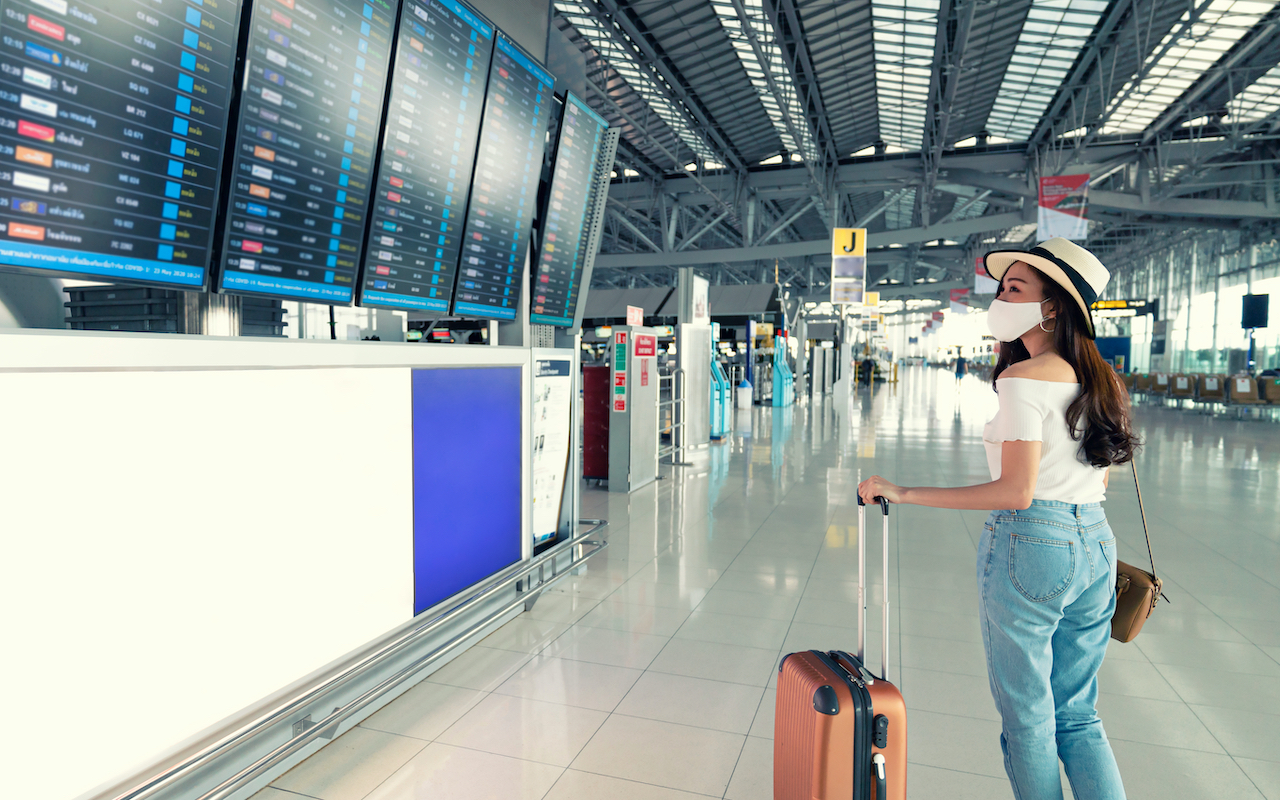
8. Subsidised Covid-19 treatment
Singaporeans, permanent residents and long-term pass holders who travelled out of Singapore on or after March 27 can now tap on government subsidies and insurance for treatment if they are found to be infected with the Covid-19 virus, as the country looks to progressively open up its borders. “Unlike larger countries which can keep their borders closed, our livelihoods and economic survival depend heavily on Singapore being open to the world and being a key international and travel hub,” says MOH. “It is therefore not possible for Singapore to keep our borders closed indefinitely. We will have to gradually allow more travel to resume in a safe manner.” The ministry also says it will look into more frequent testing and other safeguards to enable more travellers to enter without having to be quarantined.
This article was first published on 21 Oct 2020.
The post Phase 3 in Singapore: A quick guide on what to expect from 28 December 2020 appeared first on SilverKris.
from SilverKris
No comments:
Post a Comment